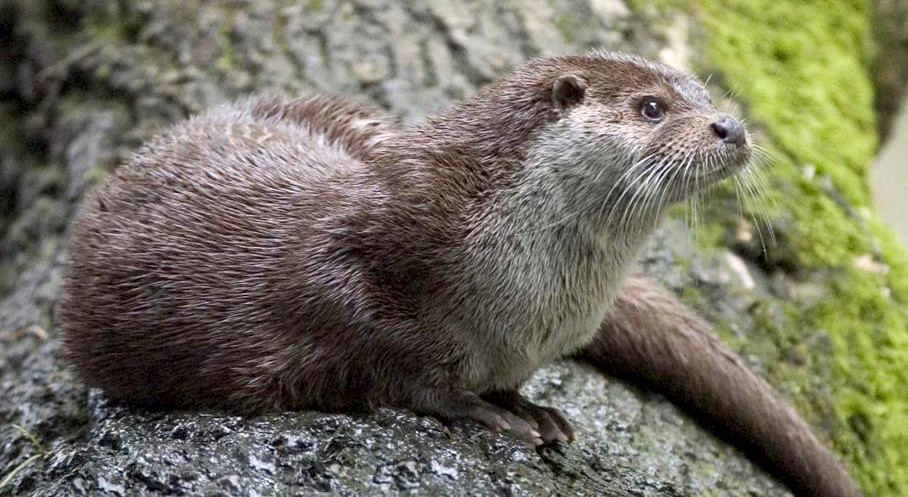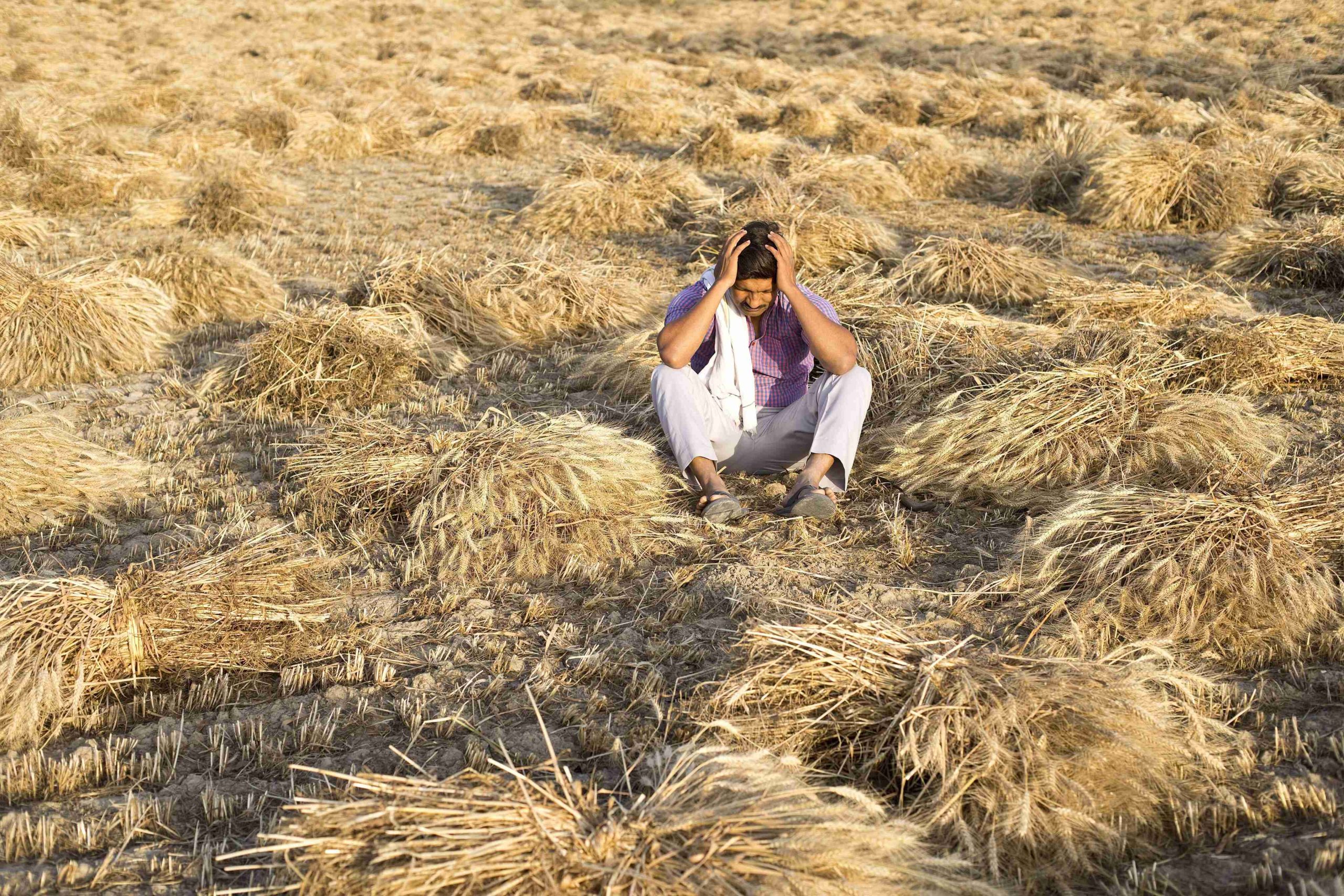- Courses
- GS Full Course 1 Year
- GS Full Course 2 Year
- GS Full Course 3 Year
- GS Full Course Till Selection
- MEP (Mains Enrichment Programme) Data, Facts
- Essay Target – 150+ Marks
- Online Program
- GS Recorded Course
- NCERT- First Ladder
- Polity
- Geography
- Economy
- Ancient, Medieval and Art & Culture AMAC
- Modern India, Post Independence & World History
- Environment
- Governance
- Science & Technology
- International Relations and Internal Security
- Disaster Management
- Ethics
- Current Affairs
- Indian Society and Social Issue
- CSAT
- 5 LAYERED ARJUNA Mentorship
- Public Administration Optional
- ABOUT US
- OUR TOPPERS
- TEST SERIES
- FREE STUDY MATERIAL
- VIDEOS
- CONTACT US
PLACES IN NEWS 16th DECEMBER 2024
PLACES IN NEWS 16th DECEMBER 2024
16-12-2024
Latakia
Why in news?
- Israel conducted airstrikes and naval attacks on Syria, targeting strategic military assets, including ports at Al-Bayda and Latakia, and conducting over 350 airstrikes across the country.
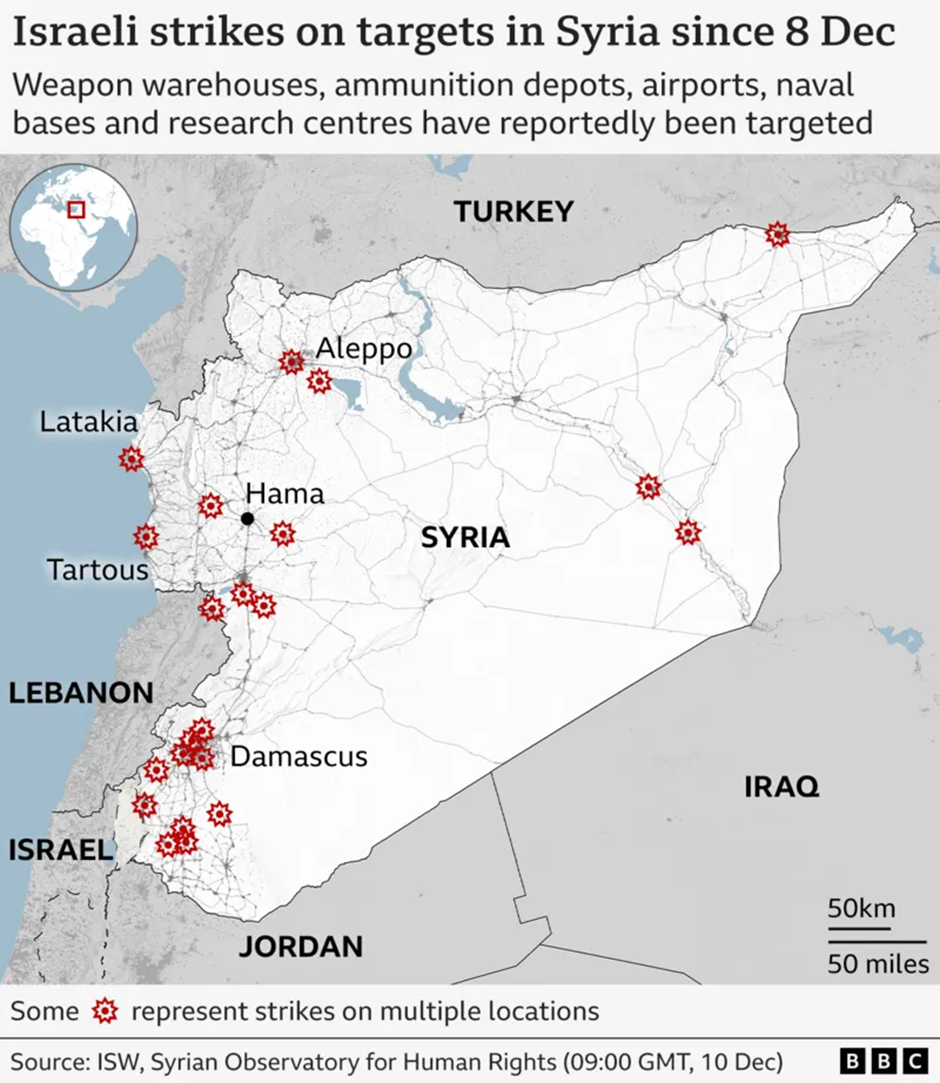
About Latakia:
- Geography:
- Latakia Port is located on the Mediterranean coast of Syria, serving as the country's largest and most significant seaport. It is positioned approximately 348 km northwest of the capital, Damascus, and lies near key transportation routes connecting Syria to neighbouring countries and international waters.
- Geographically, it benefits from a strategic location along the Eastern Mediterranean, making it a critical point for trade, military operations, and logistics in the region.
- The port is essential for Syria’s economy, handling the majority of the country's imports and exports, including vital goods like food, machinery, and raw materials.
- strategic importance:
- Latakia Port is of great importance as it houses naval assets, including warships and support vessels, and serves as a hub for the maintenance and deployment of Syria's maritime forces.
- It has also been a key site for Russian military support in recent years, hosting a Russian naval base in Tartus, which is located nearby, thus enhancing the port's strategic value.
- The port's proximity to airbases, like Hmeimim, further increases its importance, as it allows for coordinated air-sea operations and logistics support.
- The location makes it a potential target for adversaries, as controlling Latakia could disrupt military supply lines, trade, and regional influence.
- For Syria, losing Latakia’s operational capacity weakens its ability to project power in the Mediterranean and defend its coastline, impacting both national security and economic stability.
About Israel-Syria Conflict:
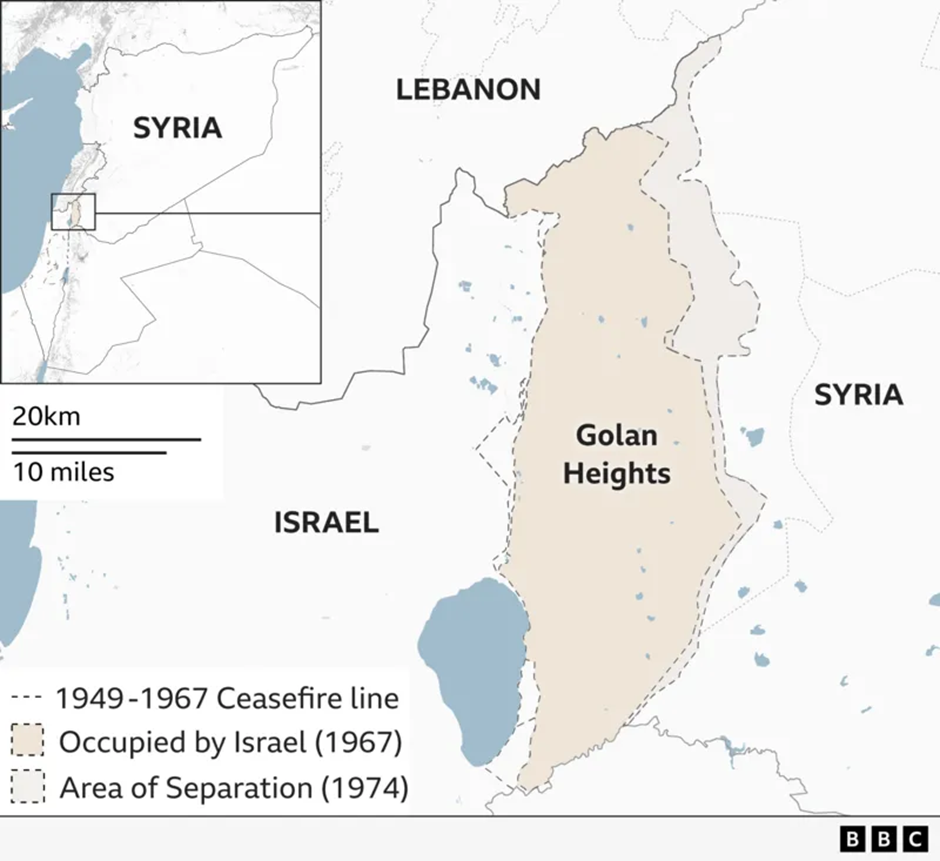
- The dispute between Israel and Syria has been deeply rooted in historical, territorial, and political conflicts since the establishment of Israel in 1948, when Syria opposed its creation and supported Arab forces during the Arab-Israeli War.
- One of the most contentious issues is the Golan Heights, a strategically important plateau that Israel captured from Syria during the 1967 Six-Day War.
- Despite UN Resolution 242 calling for Israel's withdrawal, it formally annexed the Golan Heights in 1981. Israel's move has not been internationally recognised except by the United States in 2019.
- The Golan Heights holds strategic significance for military defence and water resources, making it a focal point of tensions. Syria continues to demand its return, while Israel insists it is critical for security.
- The two countries clashed during the 1973 Yom Kippur War, where Syria attempted, unsuccessfully, to reclaim the Golan Heights. This conflict solidified the region’s importance in their rivalry.
- Israel has consistently raised concerns about Syrian support for militant groups, including Hezbollah and Hamas, which it views as direct threats to its security.
- In the Syrian Civil War, Israel conducted numerous airstrikes to prevent Iranian entrenchment in Syria and to target arms shipments destined for Hezbollah, heightening tensions further.
- Recent developments involve Israel targeting Syria’s military assets following the fall of the Assad regime to rebels. The Latakia Port, Damascus, and military bases near the Golan Heights buffer zone have been focal points of recent strikes.
- The demilitarised buffer zone, established after the 1974 ceasefire, has also been contentious, with both sides accusing the other of violations.
- Israel justifies its actions as defensive, citing the need to prevent advanced weaponry from reaching extremists, while Syria views them as violations of its sovereignty, fuelling ongoing hostilities.
Sultanpur National Park
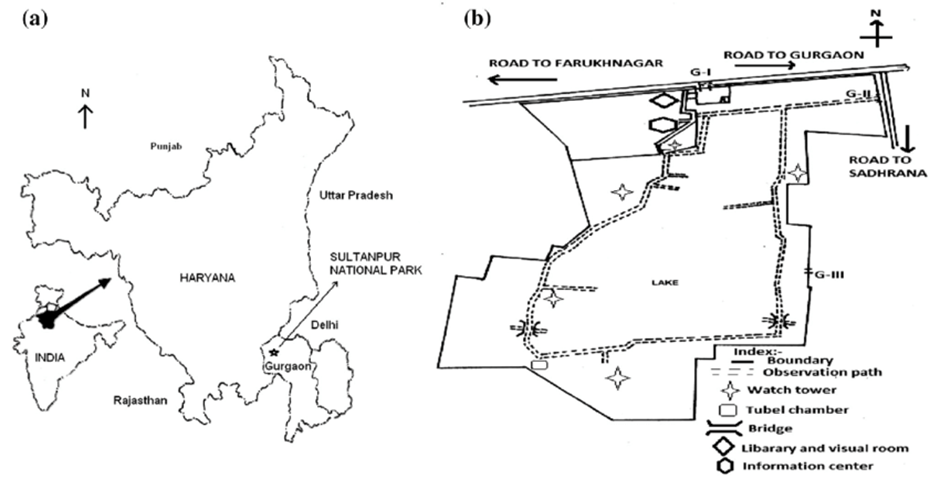
Why in news?
- The Additional Chief Secretary (ACS) of Forest and Wildlife of Haryana has directed the district administration to report illegal constructions around Sultanpur National Park to the Ministry of Environment, Forest, and Climate Change.
About Sultanpur National Park:
- Sultanpur National Park is located in the Gurugram district of Haryana, approximately 15 km from Gurugram city and about 50 km southwest of New Delhi. It covers an area of 1.43 square kilometres and is centred around a freshwater wetland.
- Geographically, the park is situated in the Indo-Gangetic Plains, with its wetland forming due to natural depressions that collect monsoon water, making it an ideal habitat for migratory and resident birds.
- The park features a semi-arid climate with distinct seasons, including hot summers, a monsoon season, and mild winters, which attract a wide variety of avian species.
- Sultanpur National Park supports diverse flora, including grasses, acacias, and aquatic plants, which provide nesting and feeding grounds for birds. The area also has tree species like babul, dhak, and jamun, contributing to its ecosystem.
- The fauna includes over 250 bird species, making it a hotspot for birdwatching. Migratory birds such as Siberian cranes, greater flamingos, and Eurasian wigeons visit during winter, while resident species include kingfishers, herons, and lapwings. The park is also home to mammals like nilgai, golden jackals, and mongoose.
- In 2021, Sultanpur was declared a Ramsar site, signifying its importance as a wetland of international importance. This status highlights its critical role in supporting biodiversity and maintaining ecological balance.
- The park serves as a crucial habitat for birds on the Central Asian Flyway, making its conservation essential for sustaining migratory bird populations and local biodiversity.
What are Ramsar Sites?
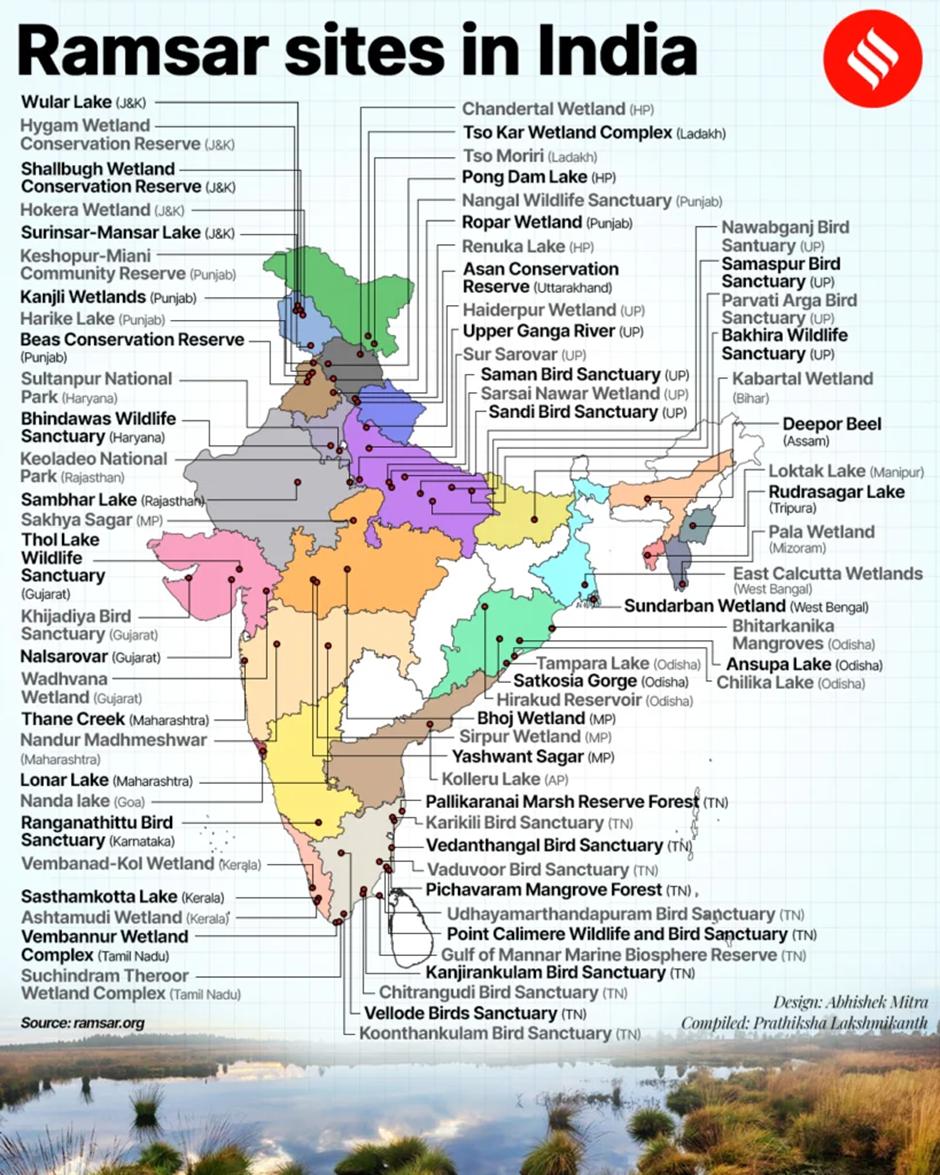
- Ramsar sites are wetlands designated under the Ramsar Convention, an international treaty signed in 1971 in Ramsar, Iran, for the conservation and sustainable use of wetlands.
- These sites are recognised for their ecological, cultural, and economic importance and their role in supporting biodiversity, water purification, flood control, and climate regulation.
- Ramsar sites are designated based on criteria such as supporting rare species, hosting large numbers of waterbirds, or serving as critical habitats for migratory species.
- As of August 2024, India has a total of 85 Ramsar sites, covering a wide range of ecosystems, including rivers, lakes, mangroves, swamps, and wetlands.
- These sites are vital for biodiversity conservation, water management, and livelihood support for local communities.
- Conservation efforts focus on balancing development and ecological preservation to maintain their unique ecosystems.
Durgadi Fort
Why in news?
- The Kalyan civil court ruled that Durgadi Fort belongs to the Maharashtra government, rejecting a nearly five-decade-old ownership claim by the Majlis-E-Mushawarat Trust.
- The Trust argued the fort houses a mosque and an idgah alongside a Durga temple, but the court deemed their case time-barred and lacking justification for delays.
- The state has managed the fort since 1966, with periodic interventions like Public Works Department repairs in 1994.
- Security has been tightened following the verdict, which also dismissed transferring the case to the waqf board.
- The ruling was celebrated by Hindu groups, citing the fort’s historical significance and links to Chhatrapati Shivaji Maharaj.
About Durgadi Fort:
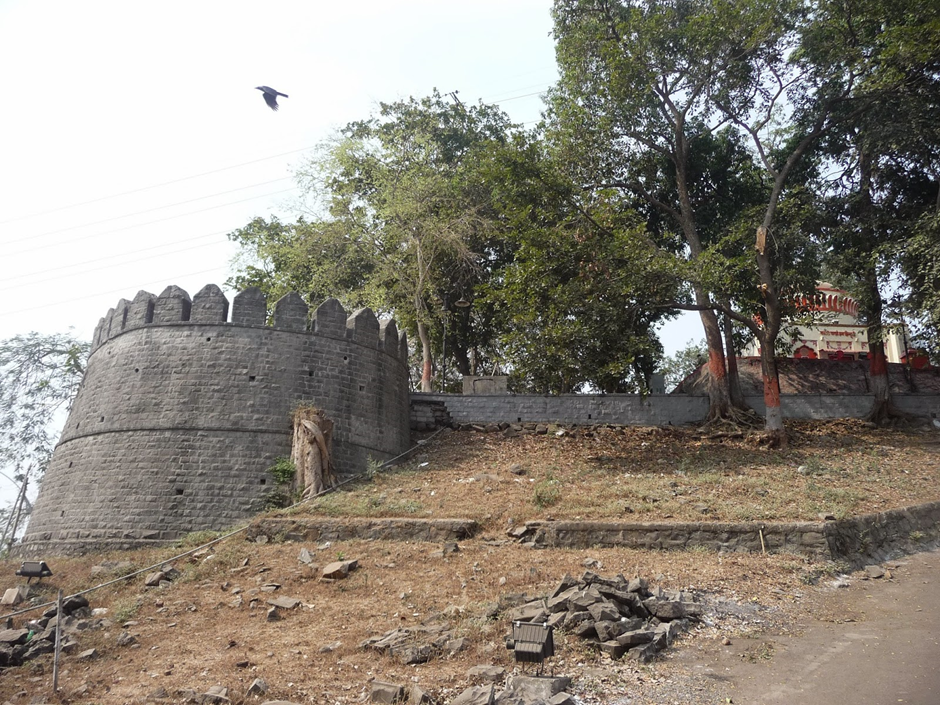
- Durgadi Fort is located in Kalyan, Maharashtra, and holds significant historical and cultural value.
- It was constructed in the 17th century and is associated with the Maratha dynasty. The fort is strategically located on a hilltop and served as a key military outpost during the reign of Chhatrapati Shivaji Maharaj.
- The fort is believed to have been captured by Shivaji Maharaj in 1656 from the Nizam Shahi rulers. It played a pivotal role in the Maratha defence system and later in their efforts to maintain control over the Konkan region.
- The fort also has cultural significance for both Hindus and Muslims, as it houses a temple dedicated to Goddess Durga, a mosque, and an idgah.
- Architecturally, the fort is designed with typical Maratha military architecture, featuring a hilltop location with fortified walls and structures built for strategic defence.
- The Durga temple, in particular, is a notable feature, giving the fort its name. Over the centuries, the fort has seen various repairs and changes to its structure.
- The fort has been under the administration of the Maharashtra government since 1966, after a report by the Thane district collector identified the presence of a Hindu temple. It was managed by the Kalyan Municipal Corporation (KMC) for some time but returned to state control after the KMC failed to maintain it properly.
- A longstanding dispute over ownership emerged when the Majlis-E-Mushawarat Trust filed a claim in 1976, asserting the fort’s Muslim connection. The Trust sought control due to the mosque and idgah. However, in a recent ruling, the Kalyan civil court upheld the state government’s ownership, rejecting the Trust's claims as time-barred, and ruling that any activities at the fort now require state approval.
Kaleshwaram Lift Irrigation Scheme (KLIS)
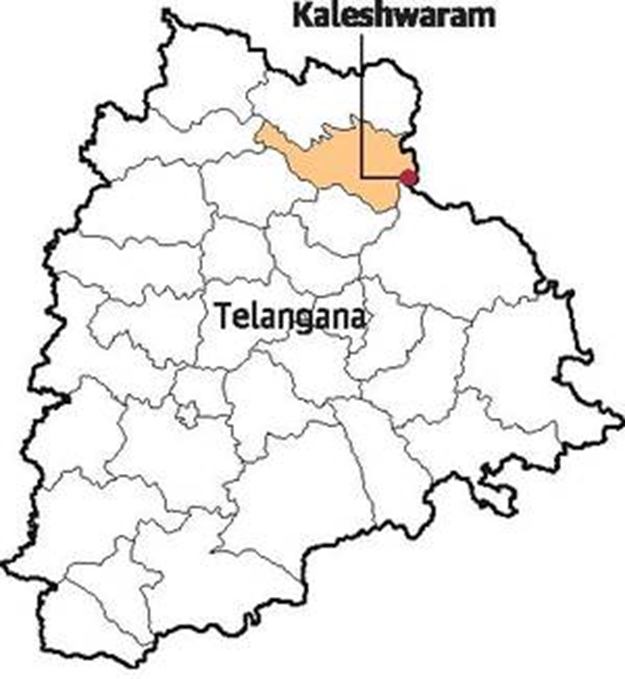
Why in news?
- The National Dam Safety Authority (NDSA) is set to submit its final report on the Kaleshwaram Lift Irrigation Scheme (KLIS) by December, excluding geo-technical tests.
About Kaleshwaram Lift Irrigation Scheme (KLIS):
- The Kaleshwaram Lift Irrigation Scheme (KLIS), located in Telangana, is one of the largest multi-stage lift irrigation projects in the world. It aims to utilise water from the Godavari River to irrigate drought-prone regions and support agriculture, drinking water, and industrial needs.
- The project involves lifting water to a height of about 500 meters, utilising pumps and reservoirs, and distributing it across 13 districts in Telangana.
- KLIS has a total capacity to irrigate around 18 lakh acres of farmland, addressing the water scarcity in semi-arid regions.
- A significant feature is the multi-stage pumping system, which uses high-capacity pumps to lift water in multiple phases, making it a technological marvel.
- KLIS is designed to transfer about 240 TMCFT (thousand million cubic feet) of water annually, boosting agricultural productivity and supporting socio-economic growth in the region.
- The project also generates hydropower through its pumping stations, enhancing the state's energy capabilities.
- Despite its ambitious scope, the project has faced challenges, including concerns about structural stability, environmental impact, and alleged irregularities in execution.
Other important irrigation projects in India
|
Irrigation projects |
Description |
|
Bhakra-Nangal Project |
|
|
Sardar Sarovar Project |
|
|
Indira Gandhi Canal |
|
|
Hirakud Dam Project |
|
|
Tungabhadra Project |
|
|
Nagarjuna Sagar Project |
|
|
Polavaram Project (Indira Sagar) |
|
|
Gandhi Sagar Dam |
|
Abathsahayeshwarar Temple
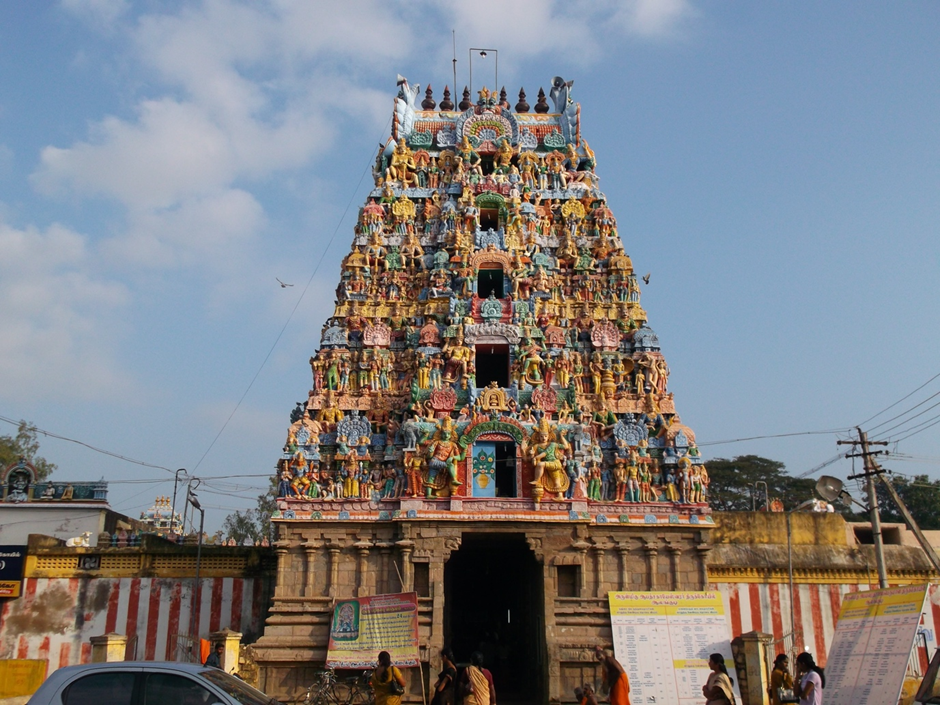
Why in news?
The 1,300-year-old Abathsahayeshwarar Temple in Thukkatchi, Thanjavur, built by Kings Vikrama Chola and Kulothunga Chola, received UNESCO’s 2023 Award of Distinction for heritage conservation.
About Abathsahayeshwarar Temple:
- The Abathsahayeshwarar Temple is located in Thukkatchi village, Thanjavur district, Tamil Nadu, a region known for its rich cultural heritage and contributions to Dravidian temple architecture.
- Constructed around 1,300 years ago during the reigns of Kings Vikrama Chola and Kulothunga Chola, the temple reflects the Chola dynasty’s patronage of art and architecture.
- The temple is built in the Dravida style, characterised by pyramidal gopurams, intricate carvings, and towering vimanas. It once had five prakarams, or concentric enclosures, though only two remain today.
- It houses shrines for multiple deities, including Soundaryanayaki Ambal, Aadhi Sarabeshwarar, Ashtabhuja Durga Parameshwari, and Murugan, emphasising its religious and cultural diversity.
- Kulothunga Chola, known for his devotion to Sarabeshwarar, established the Aadhi Sarabeshwarar idol, making it a key feature of the temple.
- Cultural and social significance: The temple served as a spiritual hub, fostering community ties and preserving ancient rituals. Its recent restoration symbolises the blending of traditional and modern conservation methods.
- Recognised by UNESCO with the 2023 Award of Distinction, the temple highlights the role of collaborative efforts, including government funding and local devotion, in sustaining heritage structures.
Dravida Style of Temple Architecture
- The Dravida style originated in Tamil Nadu and is defined by its pyramidal towers (vimanas), square sanctums (garbhagrihas), and elaborately carved gopurams. Temples often feature pillared halls (mandapas), reservoirs (pushkarinis), and intricate sculptures.
- Dravida temples emphasise verticality, with vimanas and gopurams intricately adorned with depictions of deities, myths, and daily life. The structures are often aligned with cardinal directions, signifying cosmic harmony.
- The Chola dynasty (9th–13th centuries) was instrumental in popularising the Dravida style. They constructed monumental temples like the Brihadeeswarar Temple in Thanjavur, showcasing architectural grandeur and engineering excellence.
- The Cholas incorporated granite as a primary material, enabling larger, more enduring structures. They perfected iconography and contributed to Tamil Nadu’s temple town culture.
- Temples under the Cholas served not just as places of worship but as cultural, administrative, and educational centres, promoting art, literature, and social cohesion.
UPSC CSE PYQQ1. The area known as ‘Golan Heights’ sometimes appears in the news in the context of the events related to (2015)
Answer: Option B Q. Consider the following pairs:
|
Reservoirs
|
States |
1. Ghataprabha |
Telangana |
2. Gandhi Sagar |
Madhya Pradesh |
3. Indira Sagar |
Andhra Pradesh |
4. Maithon |
Chhattisgarh |
How many pairs given above ate not correctly matched? (2022)
-
- Only one pair
- Only two pair
- Only three pair
- All four pair
Answer: Option C
| Also Read | |
| UPSC Prelims Result | UPSC Daily Current Affairs |
| UPSC Monthly Magazine | Previous Year Interview Questions |
| Free MCQs for UPSC Prelims | UPSC Test Series |
| ENSURE IAS NOTES | Our Booklist |


